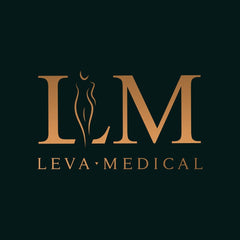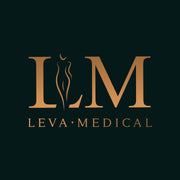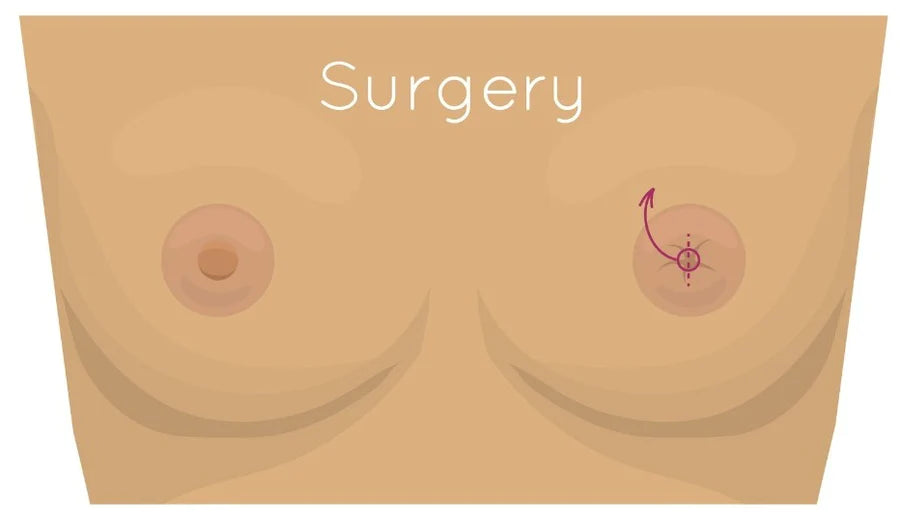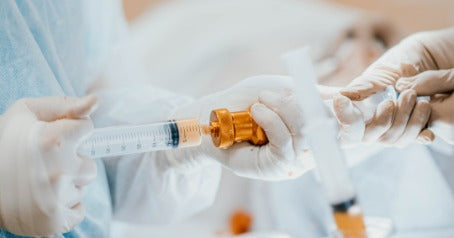Post Op Instruction: Liposuction Results Week by Week

Week 1: Post-Surgery Recovery
-
Compression Garment: It is crucial to wear a compression garment (Faja) as instructed by your surgeon. Keep it on during the first night and avoid removing it. Wear the Faja 24/7 and do not remove it for the next 6 days.
- BEFORE YOUR 1ST POST OP VISIT: Please take a shower and let the pads soak for 20 minutes. Then take them off slowly. They need to be very wet to come off.

- Leakage and Fluid Drainage Management: Be prepared for some leaking from the incision sites and fluid drainage for the next 24-72 hours. Use towels to protect your surroundings and prevent staining your furniture. It is normal to have a large amount of serosanguinous drainage, which is the anesthesia that was infiltrated during the procedure.
- Managing Swelling and Pain: Swelling, bruising, and discomfort are common. You will be prescribed pain medication to manage discomfort.


- Light Activity: Engage in light activity, such as walking around the house at a light pace, to encourage fluid drainage and prevent blood clots. Refrain from heavy lifting.
- Hydration: Drink lots of water to stay hydrated.
- Water-based Activities: Avoid tub baths, jacuzzis, ocean swimming, or saunas for 1 month after surgery.
Week 2-3: Gradual Reduction in Swelling

- Continued Use of Compression Garment: It's important to continue wearing the compression garment as directed.
- Resumption of Light Activities: You may start experiencing improvements in discomfort, which allows you to resume light daily activities.
- Healing Process: Your body continues to heal and adjust to the changes, though the final results may not be fully visible at this stage.
Week 4-6: Enhanced Body Contours

- Visible Changes: The continued reduction in swelling reveals enhanced body contours.
- Individual Healing: Remember that the pace of recovery varies among individuals. Some residual swelling and bruising may remain, but you'll begin to feel more comfortable.
Months 2-3: Refinement and Continued Healing


- Diminishing Swelling: Swelling should continue to decrease, and any residual irregularities will gradually resolve.
- Nutrition: Focus on a healthy diet with adequate protein intake to support healing.
- Skin Tightening: As collagen production increases, you may notice your skin gradually tightening.
Months 3-6: Enjoying the Fruits of Your Efforts

- Improved Body Shape: The treated areas will have improved, and you will have a more proportionate figure.
- Expanded Clothing Options: Your clothing will fit better, and you will have more options.
- Healthy Habits: Continue with regular exercise and a balanced diet to maintain and maximize your results.
Beyond 6 Months: Long-Term Satisfaction


Beyond the six-month mark, you can expect long-term satisfaction with your liposuction results. While the majority of the swelling and bruising will have subsided, it's important to note that minor fluctuations in swelling may still occur. However, the overall outcome should be stable and enduring. By embracing a healthy lifestyle and monitoring your weight, you can ensure the longevity of your results.
Conclusion:
Liposuction, a minimally invasive procedure, presents an opportunity to embark on a transformative journey, empowering individuals to attain their sought-after body contours by removing excess fat, particularly from common areas like the stomach. It's paramount to be well-versed in the recovery process and the liposuction results week by week in order to set realistic expectations and appreciate the progress made.
In the first week post-op, patients may experience mild swelling and discomfort in the targeted area. It's a normal part of the body's natural healing process. The surgeon will provide specific instructions on post-operative care, including wearing compression garments or bandages to reduce swelling and promote healing. It's also crucial to limit strenuous activities during this period.
By the second week, most patients notice a reduction in pain and swelling. Drinking water and eating clean meals may help reduce inflammation and facilitate quick healing. Light exercise, like taking a daily walk, can improve circulation and help alleviate soreness. However, it is important to avoid any vigorous exercise or physically demanding job tasks.
By the third week, patients start feeling more like themselves. Compression garments continue to play a significant role in shaping the new contours and reducing any minor swelling that may still be present. Moderate physical activity can typically be resumed, but it’s essential to follow the surgeon’s instructions.
At four weeks, the treated area begins to take its new shape. The stomach, especially after abdominal liposuction, appears smoother and firmer. Any stubborn fat deposits that were previously unresponsive to diet and exercise should be notably diminished.
In the subsequent weeks, up to six weeks post-procedure, many patients see visible results and feel more confident. It’s essential to maintain a healthy diet, engage in moderate exercise, and wear your compression garments as needed to aid the healing process. By this point, the results are becoming more apparent, and swelling should have gradually subsided.
Several weeks to two months following the liposuction, patients may return to their usual exercise regimen and more strenuous activities. It's also important to schedule a consultation with your surgeon to discuss the progress and address any concerns or symptoms.
Over the course of the next few months to six months post-procedure, the final results will be apparent as the body adjusts to its new shape. It’s important to note that results may vary depending on several factors including the patient's initial condition, the degree of fat removal, and adherence to post-operative care.
In rare cases, patients may require revision surgery to fine-tune the results. It’s also crucial to be aware that weight gain can alter the liposuction results, so maintaining a healthy weight through diet and exercise is key for long-term results.
In closing, liposuction is an effective way to get rid of stubborn fat and achieve a desired body contour. It’s a journey that requires patience, following the surgeon’s instructions, and taking care of oneself through diet and moderate exercise. By understanding what to expect week by week, patients can be better prepared and more satisfied with the outcome. If you’re interested in this procedure, it’s beneficial to read testimonials, ask for before and after photos, and talk to our plastic surgery and cosmetic surgery team to get all the information you need. Furthermore, support from friends and family can be immensely helpful. Finally, be patient, as the most amazing results take time to fully materialize.


Frequently Asked Questions about Liposuction Procedure
Q: What is liposuction surgery?
A: Liposuction is a surgical procedure designed to eliminate excess fat deposits from targeted areas such as the stomach, thighs, arms, buttocks, and legs. It involves making small incisions and using a specialized technique to remove fat cells. Liposuction can be performed using various methods such as traditional liposuction, laser-assisted liposuction, and other minimally invasive procedures.
Q: When can I expect to see my liposuction results?
A: Most patients start to see results within the first week, but the full results may take several months to become apparent due to swelling and fluid retention. Initial swelling begins to reduce in the second week, and a significant improvement in the treatment area becomes noticeable around the third or fourth week.
Q: How is the recovery timeline after liposuction surgery?
A: The recovery period after liposuction varies from person to person but generally follows a specific timeline. During the first few days, you may experience swelling, soreness, and minor bleeding. Most patients are advised to wear compression garments to reduce swelling. After one week, you can gradually increase physical activity, and by one week, most patients can return to work and normal activities.
Q: Will there be loose skin after the liposuction procedure?
A: The extent of loose skin after liposuction depends on various factors like age, skin elasticity, and the amount of fat removed. In some cases, a tummy tuck or other procedures may be recommended in combination with liposuction to address loose skin.
Q: What should I do to maintain my new body shape after liposuction?
A: It is important to understand that while liposuction removes fat cells, you can still gain weight. Maintaining a healthy diet with plenty of vegetables and lean protein, coupled with a regular exercise routine, is essential for keeping your desired body contour. Drinking six to eight glasses of water daily also helps flush toxins and keep your skin firm.
Q: Are there any potential complications after liposuction surgery?
A: As with any surgical procedure, there are risks and potential complications, including infection, numbness, scarring, and complications related to general anesthesia. Following your surgeon's post-operative instructions can minimize these risks. It is vital to be well informed and discuss your medical conditions and concerns with your surgeon during the consultation.
Q: Can I combine liposuction with other treatments like Brazilian butt lift?
A: Yes, liposuction can be performed in combination with other treatments like Brazilian butt lift, which involves fat transfer from one area to another to reshape and contour the body. Your surgeon will help you understand the options and recommend what is best for your unique goals.




